News
-
 Life
LifePregnancy disorder shares aspects with Alzheimer’s
Misfolded proteins, the hallmark of Alzheimer’s and mad cow diseases, are found in urine of women with preeclampsia.
-
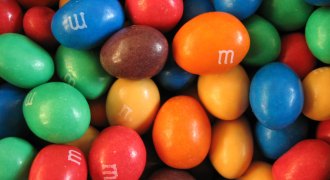 Neuroscience
NeuroscienceObese women struggle to learn food associations
In a lab experiment, women fail to connect color signal with tasty reward, a deficit that may contribute to obesity.
-
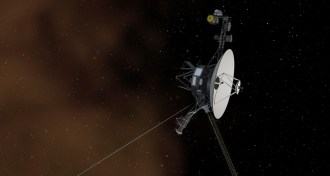 Astronomy
AstronomyVoyager may not have entered interstellar space, after all
Two scientists argue that Voyager 1 space probe is still in solar bubble, despite NASA’s announcements to the contrary.
By Andrew Grant -
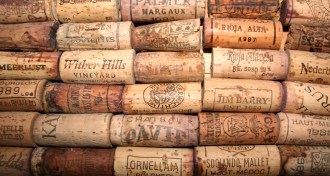 Plants
PlantsWine corks may owe quality to gene activity
Discovery of genes that distinguish superior stoppers from inferior ones could help reverse recent global downturn in quality.
By Nsikan Akpan -
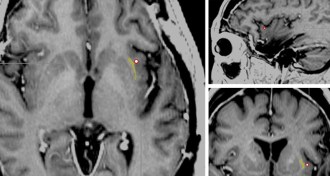 Neuroscience
NeuroscienceElectrode turns consciousness on and off
Woman lost awareness, though appeared awake, when her brain was stimulated near an area called the claustrum.
-
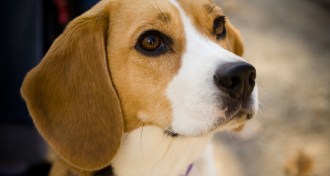 Life
LifeDomesticated animals’ juvenile appearance tied to embryonic cells
Mild defects in embryonic cells could explain physical similarities along with tameness across domesticated species.
-
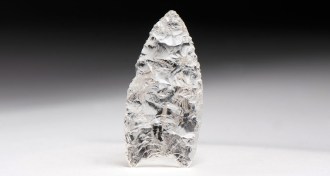 Anthropology
AnthropologyClovis people may have hunted elephant-like prey, not just mammoths
The ancient American Clovis culture started out hunting elephant-like animals well south of New World entry points, finds in Mexico suggest.
By Bruce Bower -
 Health & Medicine
Health & MedicineHIV reemerges in ‘cured’ child
The discovery spotlights limits in detecting the clandestine germ and raises questions about whether HIV can ever truly be cured.
By Nsikan Akpan -
 Oceans
OceansSaharan dust explains Bahamas’ paradoxical existence
Windswept dust from the Sahara Desert may fertilize bacteria that built the Bahamas.
-
 Cosmology
CosmologyLab version of early universe fails to solve lithium problem
An experiment that imitated conditions from just after the Big Bang failed to explain why observed amounts of lithium don’t match those expected from theory.
By Andrew Grant -
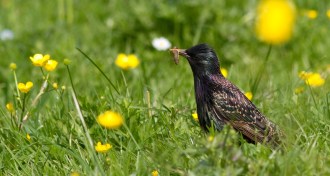 Environment
EnvironmentDecline in birds linked to common insecticide
In addition to harming bee populations, neonicotinoid insecticides may also be detrimental to bug-eating birds.
By Beth Mole -
 Life
LifeFiber optics in mammals’ eyes separate colors
Specialized cells in the retina separate different wavelengths of light to enable sharp vision during the day without harming night vision.